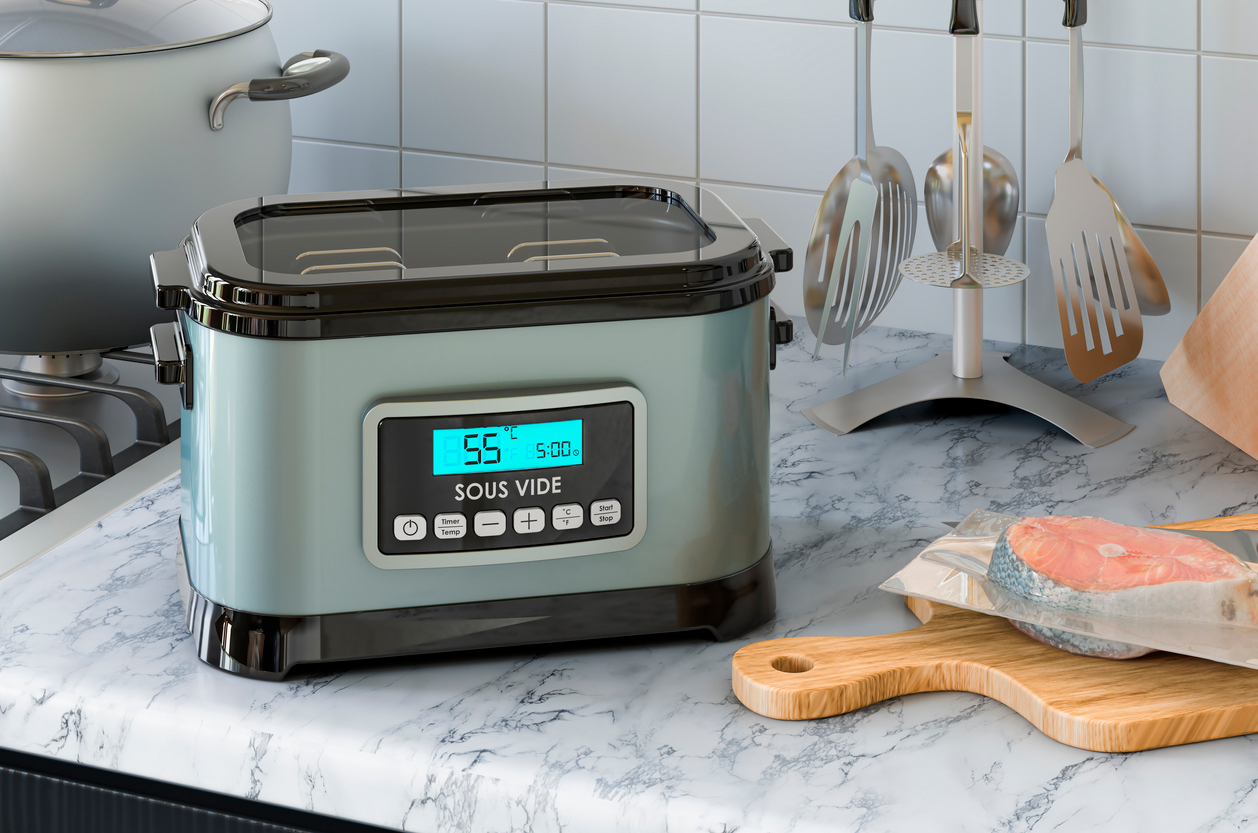Sous vide
 Sous vide is a cooking method where food is cooked in sealed pouches or airtight plastic bags at precise and sometimes low, temperatures, often for a long time.
Sous vide is a cooking method where food is cooked in sealed pouches or airtight plastic bags at precise and sometimes low, temperatures, often for a long time.
Cooking via sous vide is commonly done in a water bath to control the temperature. It is used to prepare food with an extended shelf life or to prepare foods with qualities not achievable through traditional cooking methods.
Risks
The main risks associated with sous vide that could lead to food poisoning are:
- food is held in the temperature danger zone (5°C to 60°C) for long periods of time which could allow harmful bacteria to grow
- food which is stored in the fridge for long periods of time could be at risk of cold-tolerant bacteria, such as listeria
- food cooked at low temperatures for short periods of time will essentially remain raw or partly raw, meaning that food poisoning bacteria and parasites are not killed.
Food safety tips
Food safety risks can be reduced by:
- maintaining water bath temperatures of at least 55°C
- limiting the time food is held at 54.5°C or less to no more than 6 hours
- using equipment that can adequately heat and maintain appropriate temperatures
- checking temperatures with a calibrated tip-sensitive thermometer
- preparing thinner portions so that heating and cooling is rapid
- not cooking large portions of meat at low temperatures for extended periods of time
- cooling food quickly in slush ice or specialised equipment
- freezing food that needs to be stored for longer than 5 days
- not storing prepared food for an extended time unless processes have been proven to be safe (e.g. by laboratory testing).


